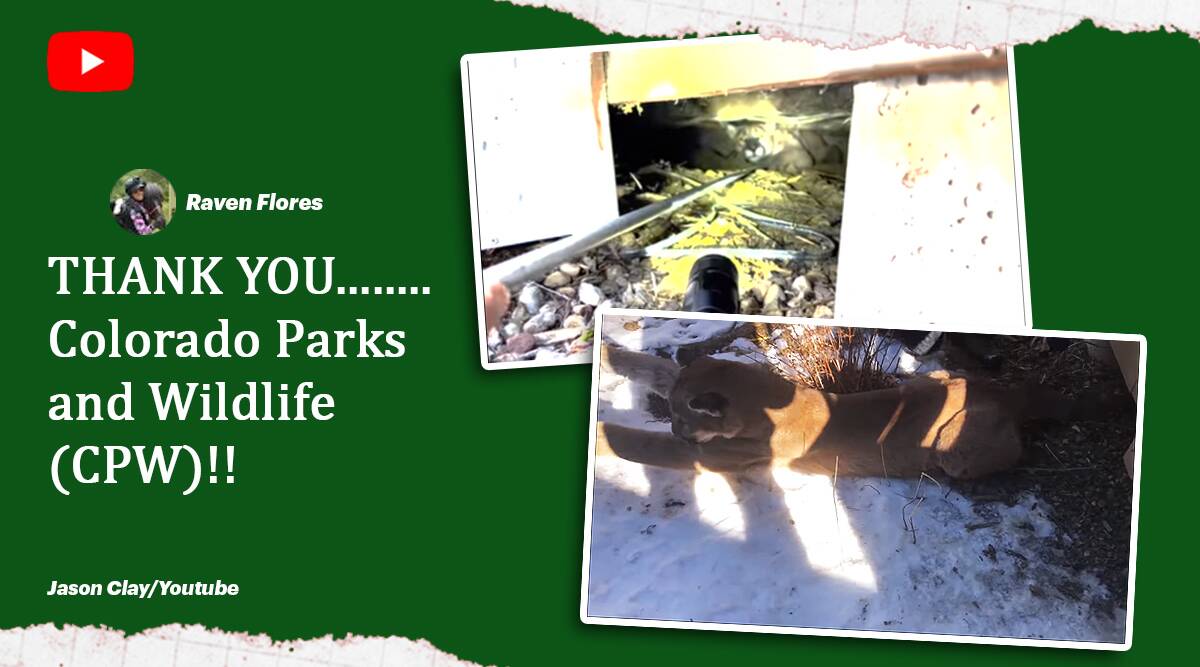On March 1, Russia’s foreign minister Sergey Lavrov told the Conference of Disarmament in Geneva (which he attended virtually due to restrictions on air space) that “the threat that the (Volodymyr) Zelenskyy regime (in Ukraine) poses to neighbouring countries and international security in general have increased significantly after the Kyiv authorities started dangerous games involving plans to obtain their own nuclear weapons”.
🗞️ Subscribe Now: Get Express Premium to access the best Election reporting and analysis 🗞️
From the beginning, Russia has sought to justify its invasion of Ukraine on grounds of the alleged nuclear threat from its smaller neighbour to the west. Lavrov said to the conference that the “irresponsible” statements had to be taken seriously because “Ukraine possesses Soviet nuclear technology and means of delivering these weapons”.
And as a “responsible member” of the international community, he said, Russia “is committed to its non-proliferation pledge, and is taking every necessary measure to prevent the emergence of nuclear weapons and related technology in Ukraine”.
In Ukraine, the nuclear question is playing out very differently. Under an international agreement, and supervised by Russia and the United States, Ukraine had de-nuclearised completely between 1996 and 2001. Now, with invading Russian forces inside its borders, many Ukrainians are wondering whether it had been a mistake to de-nuclearise, and whether having nuclear weapons could have worked to deter Russia’s aggression against their country.
This is based on the arguable underlying assumption that countries that possess nuclear weapons rarely go to war against each other, deterred by the prospect of mutually assured destruction. Ukraine’s decision to give up nuclear weapons followed three years of national deliberations and with the US and Russia, and hefty security assurances by the three original Non-proliferation Treaty (NPT) powers — the US, Russia, and UK — and by France and China, too. This was buttressed by promises of non-expansion by NATO to assuage Russian concerns.
For more than two decades, Ukraine was seen as a model of non-proliferation, and an example of an ideal NPT signatory, at a time when India and Pakistan went nuclear, and the A Q Khan proliferation network put Pakistan at the centre of the scandal.
At the end of the Cold War, Ukraine’s choices
After the fall of the Berlin Wall in 1989, Ukraine set out on the path to independence from the crumbling Soviet Union. Its 1990 Declaration of Sovereignty, passed a year before the USSR broke up, contained an explicit political declaration that it wanted to be a non-nuclear, nuclear weapons-free state.
The Ukrainian republic, one of the 15 in the erstwhile USSR, was at the time just emerging from the Chernobyl disaster (1986). The command and control of the nuclear weapons on Ukrainian soil was in Moscow. Ukrainian leaders of the time feared this could place restrictions on their freedom.
After the break-up of the Soviet Union, however, the mood changed in Ukraine. It now believed that giving up the nukes was no longer necessary for its freedom. At the time, Ukraine had 176 intercontinental ballistic missiles (ICBMs), of which 130 were liquid fuel SS-19s, and 46 were solid fuel SS-24s. In addition, it had 44 cruise missile-armed strategic bombers. Its warhead inventory was nearly 2,000 — in addition, it had 2,600 tactical nuclear weapons.
But the question then turned to who owned these weapons — Russia, as the main successor state of the Soviet Union, or Ukraine or Belarus or Kazakhstan, where this former Soviet arsenal was stationed. Their deterrence value was also in question, given the long range of the ICBMs, and the knowhow and the finances that would be needed to maintain and replace the arsenal at end of their life.
Retaining the weapons would additionally mean that Ukraine would be a nuclear state outside the NPT. (Other than the P5 countries, other signatories have to be non-nuclear states, or must give up nuclear weapons). Ukraine, which desired to be part of Europe, did not want to embark on its new journey with sanctions and isolation on the continent.

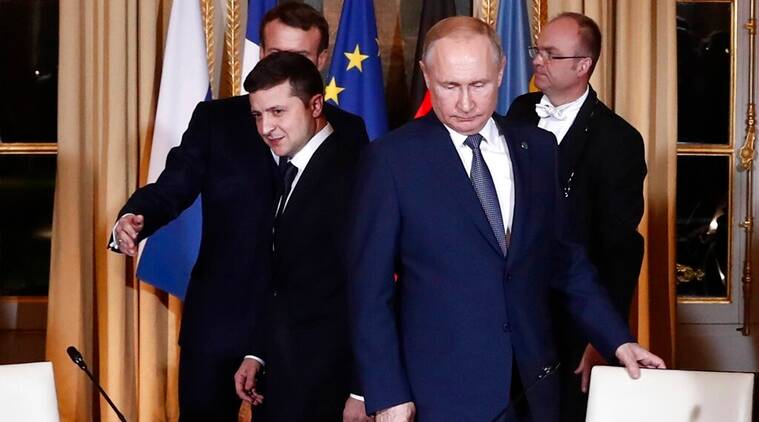 Russian President Vladimir Putin, right, and Ukrainian President Volodymyr Zelenskyy arrive for a working session at the Elysee Palace. (AP/File)
Russian President Vladimir Putin, right, and Ukrainian President Volodymyr Zelenskyy arrive for a working session at the Elysee Palace. (AP/File)
The assurance of 1994 in Budapest
The Budapest Memorandum on Security Assurance, signed on December 5, 1994, sealed Ukraine’s membership in the NPT and its status as a non-nuclear country in return for security assurances. The signatories were the presidents of Ukraine (Leonid Kuchma), the US (Bill Clinton), Russia (Boris Yeltsin), and the British Prime Minister (John Major). Later, China and France, who became NPT members in 1992, also became signatories.
The Budapest Memorandum came after the Lisbon Protocol of 1992, which made Ukraine, Belarus, and Kazakhstan parties to the first Strategic Arms Reduction Treaty (START I), a 1991 treaty signed by the US and the Soviet Union to reduce the number of nuclear weapons on each side.
The Budapest document committed the powers to “respect the independence and sovereignty and the existing borders of Ukraine” and the “obligation to refrain from the threat or use of force against the territorial integrity or political independence of Ukraine”. It also committed them to not using their weapons against Ukraine “except in self-defence or otherwise in accordance with the Charter of the United Nations”.
The powers also said they would “seek immediate UNSC action to provide assistance to Ukraine” if it was threatened or attacked with nuclear weapons, and would consult in the event such a situation arose. However, it has been pointed out that this was an assurance, but not a security guarantee.
Ukraine won a political victory by the implicit recognition that it was the owner of the nuclear weapons on its soil. In 1996, within two years of the signing of the Budapest Memorandum, Ukraine handed over all the nuclear weapons on its soil to Russia. Ukraine also managed to strike tough bargains — Russia compensated its neighbour with a payout of 1 billion dollars, and the US paid a massive sum to buy Ukraine’s stockpile of enriched uranium.
Although Ukraine continued to have concerns that Russia was not fully reconciled to the new international boundary, the agreement held for over two decades, even as Russia expressed concerns over NATO’s expansion. Vladimir Putin, who succeeded Boris Yeltsin as president at the end of 1999, first expressed this concern at the Munich Security Conference in 2007, accusing NATO of pushing the envelope to incorporate former states and satellites of the Soviet Union and lighting into the US, accusing it of considering itself above international law and triggering a new arms race through its unilateral actions.

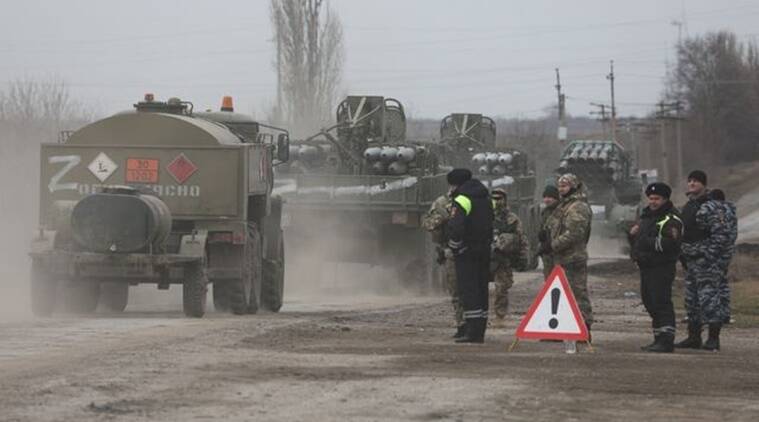 Russian Army military vehicles drive along a street, after Russian President Vladimir Putin authorized a military operation in eastern Ukraine, in the town of Armyansk, Crimea. (Reuters)
Russian Army military vehicles drive along a street, after Russian President Vladimir Putin authorized a military operation in eastern Ukraine, in the town of Armyansk, Crimea. (Reuters)
From annexation of Crimea to invasion of Ukraine
Russia’s annexation of Crimea in 2014 was a clear violation of the Budapest Agreement, and the first big test of its security assurance to Ukraine. Despite being a signatory to the agreement, Moscow did not participate in the consultations, and vetoed a resolution against the annexation at the United Nations Security Council. The US imposed some sanctions on Russia, but Europe continued to do business with him.
In the US Congress, a discussion in the Senate Committee of Foreign Relations in 2016 reflected the escalatory nature of US and Russian responses to each other at the time. Victoria Nuland, Assistant Secretary in the State Department for Europe and Eurasian Affairs, described in detail the steps the US had taken in response to Russia:
“To help Ukraine better monitor and secure its borders, deploy its forces more safely and effectively, and defend its sovereignty and territorial integrity, the United States has committed over $600 million in security assistance. We have trained over 1,700 Ukrainian conventional forces and National Guard personnel and 120 Special Operations Forces (SOF). We have provided counter-artillery and counter-mortar radars, over 3000 secure radios, 130 Humvees, over 100 armoured civilian SUVs, and thousands of medical kits to help Ukrainian troops successfully resist advances and save lives.
“To counter the threat posed by Russian aggression and deter any military moves against NATO territory, over the past 2 years the United States and our NATO allies have maintained a persistent rotational military presence on land, sea, and air all along NATO’s eastern edge: the Baltic states, Poland, Romania, Bulgaria. As we look towards the NATO Summit in Warsaw this coming July, allies will institutionalize a more sustained approach to deterrence, including by enhancing forward presence in the East to reduce response times to any aggression. To support this commitment,the President has requested $3.4 billion to fund the European Reassurance Initiative. With your support, these funds will be used to deploy an additional rotational armored brigade combat team to Central and Eastern Europe, and for pre-positioning of combat equipment as well as additional trainers and exercises in Europe.”
To President Putin, each element of this response was geared towards an encirclement of Russia, and represented a threat to its security. President Zelenskyy’s statements on arming his country with nuclear weapons was “crossing a red line”, Senator Andrei A Klimov, head of the ruling United Russia party’s foreign affairs committee, told The Indian Express last week.
Now Putin has put Russia’s nuclear forces on “special alert”, the move justified as a response to “aggressive statements” by the West. On Tuesday, as Russia’s nuclear submarines participated in drills, even Russia would be hoping that Putin would not go as far to use any nuclear weapons.
Newsletter | Click to get the day’s best explainers in your inbox
!function(f,b,e,v,n,t,s)
{if(f.fbq)return;n=f.fbq=function(){n.callMethod?
n.callMethod.apply(n,arguments):n.queue.push(arguments)};
if(!f._fbq)f._fbq=n;n.push=n;n.loaded=!0;n.version=’2.0′;
n.queue=[];t=b.createElement(e);t.async=!0;
t.src=v;s=b.getElementsByTagName(e)[0];
s.parentNode.insertBefore(t,s)}(window, document,’script’,
‘https://connect.facebook.net/en_US/fbevents.js’);
fbq(‘init’, ‘444470064056909’);
fbq(‘track’, ‘PageView’);
.
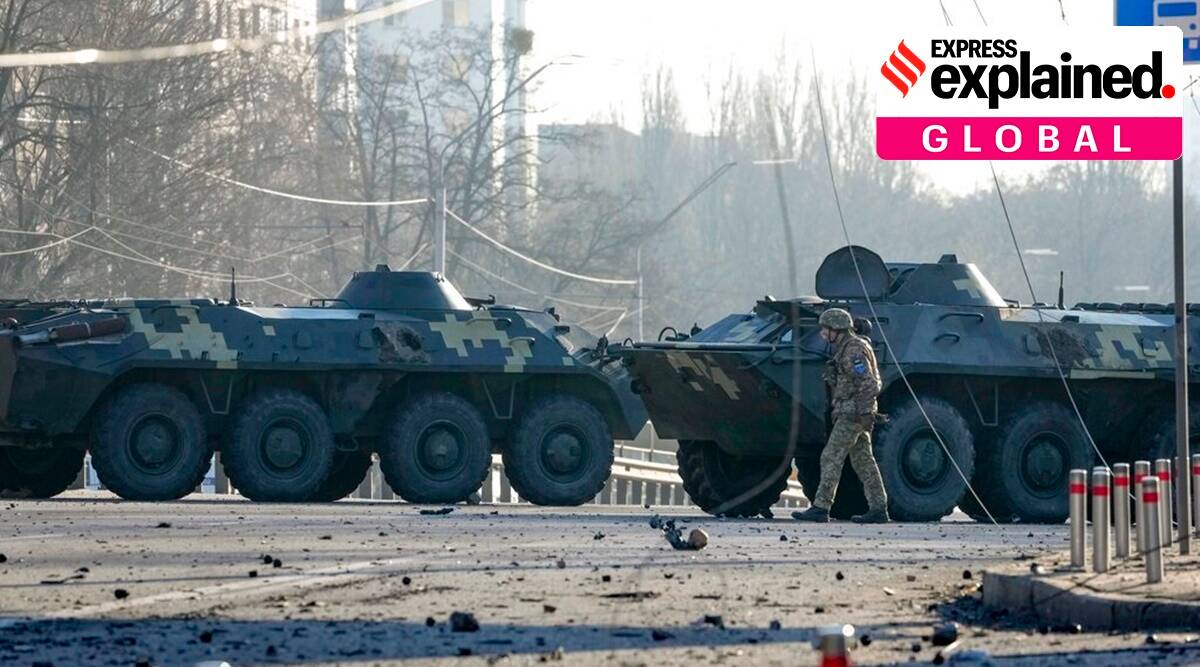

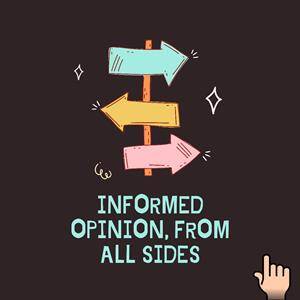

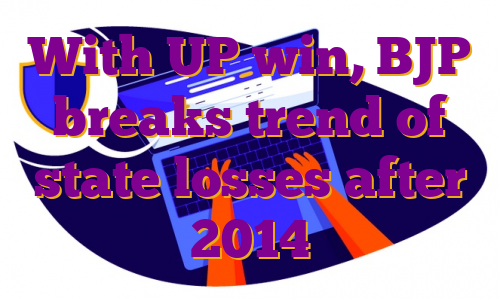
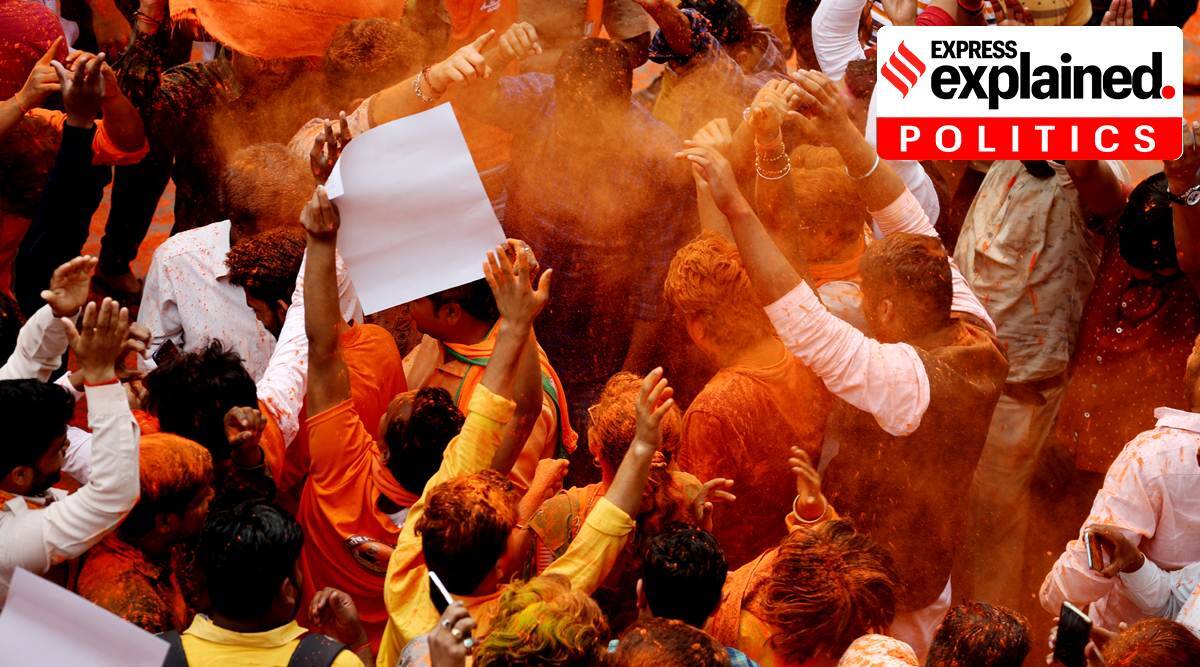



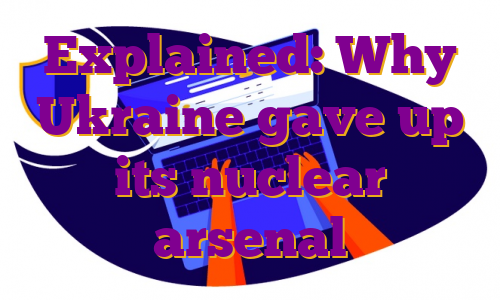
 Russian President Vladimir Putin, right, and Ukrainian President Volodymyr Zelenskyy arrive for a working session at the Elysee Palace. (AP/File)
Russian President Vladimir Putin, right, and Ukrainian President Volodymyr Zelenskyy arrive for a working session at the Elysee Palace. (AP/File) Russian Army military vehicles drive along a street, after Russian President Vladimir Putin authorized a military operation in eastern Ukraine, in the town of Armyansk, Crimea. (Reuters)
Russian Army military vehicles drive along a street, after Russian President Vladimir Putin authorized a military operation in eastern Ukraine, in the town of Armyansk, Crimea. (Reuters)

